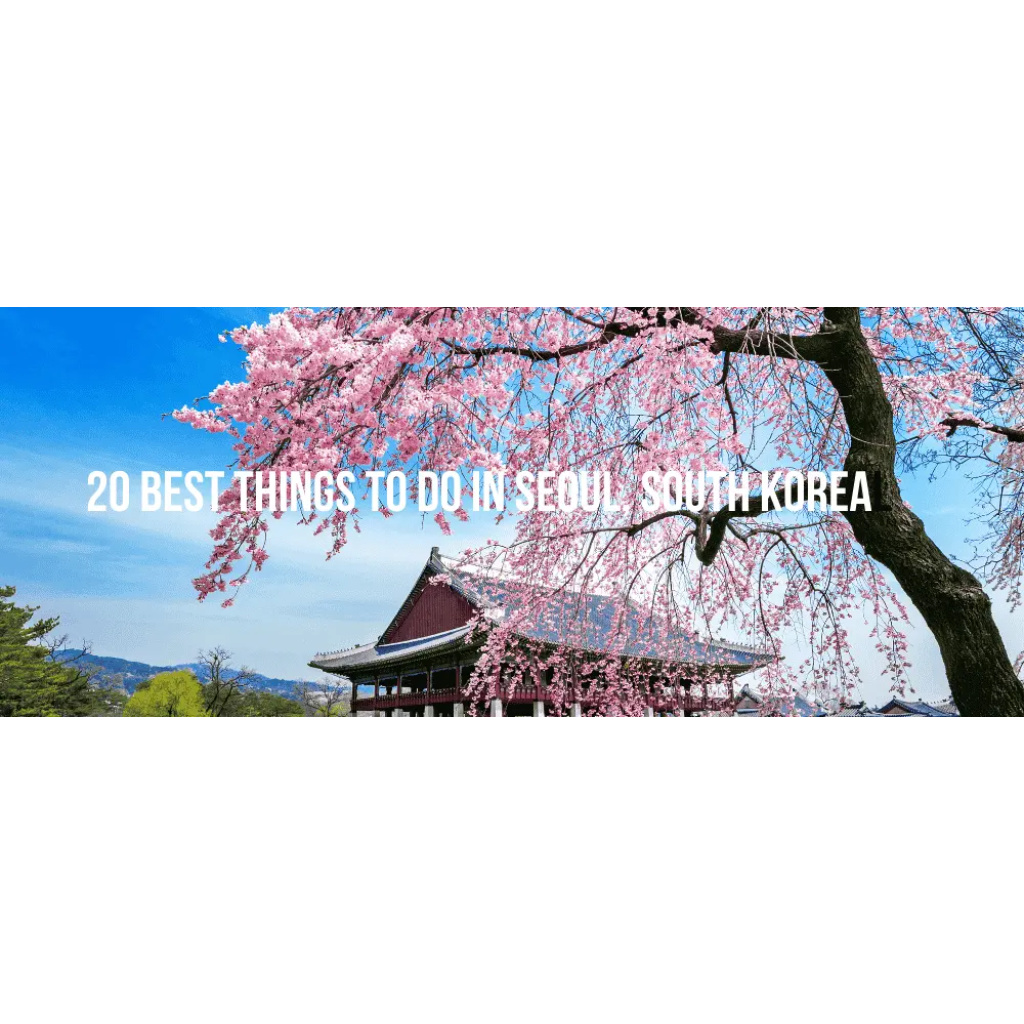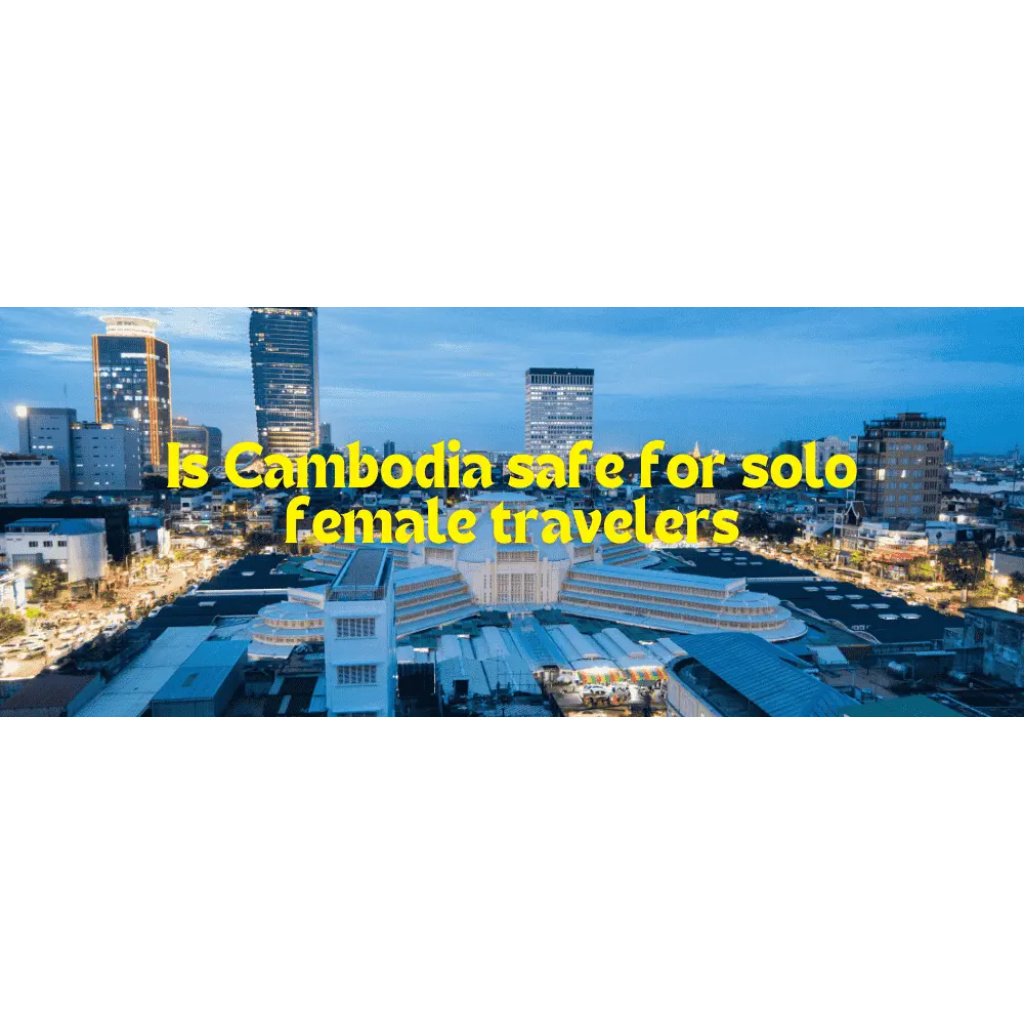The 25 best things to visit in Goa
Best things to visit in Goa, India’s sun-soaked paradise. It is a destination that captivates travelers with its stunning beaches, vibrant culture, and thrilling adventures. Whether you’re a beach lover, an adventure seeker, or a culture enthusiast, Goa has something special for everyone. This comprehensive guide will take you on a virtual tour of Goa’s top attractions, giving you tips, insights, and unforgettable experiences. Introduction to Goa’s Diverse Appeal Goa’s allure is undeniable. Nestled on the western coast of India, this small state boasts a unique blend of Portuguese and Indian influences, creating a rich tapestry of culture and history. Its golden beaches are perfect for relaxation, while its bustling markets and vibrant nightlife provide endless entertainment. Adventure enthusiasts will find plenty to do, from water sports to exploring lush forests. Goa, with its diverse attractions, is a destination that caters to all types of travelers, offering a variety of activities that will surely excite and inspire your trip planning. Best Things to Do in Goa with Friends Beach Hopping in North Goa: Start your journey by exploring the lively beaches of Baga, Anjuna, and Calangute. These locations are famous for their beach shacks, water sports, and vibrant nightlife, making them ideal for groups. Water Sports Adventures: Engage in thrilling activities like parasailing, jet-skiing, and banana boat rides at beaches like Candolim and Dona Paula. Remember to always follow the instructions of the trained professionals, wear safety gear, and be mindful of the weather conditions for a safe and enjoyable experience. Party at Tito’s and Mambo’s: Experience Goa’s iconic nightlife by visiting these clubs, known for their electrifying music and energetic crowds. Attend a Beach Party at Curlies: Located on Anjuna Beach, Curlies is renowned for its all-night beach parties, offering a unique blend of music, dance, and stunning beach views. Sunburn Festival: If your visit coincides with this world-famous electronic music festival, grab the chance to dance to some of the biggest DJs in the world. Also Read: Best things to do in Ho Chi Minh City Vietnam Things to Do in Goa for Adults Explore Spice Plantations: Take a tour of Goa’s lush spice plantations in Ponda, where you can learn about spice cultivation and enjoy a traditional Goan meal, which often includes seafood, coconut, and a variety of spices that give it a unique and delicious flavor. Visit the Casinos: Try your luck at one of Goa’s floating casinos, like Deltin Royale, which offers a mix of gaming, live entertainment, and fine dining. Relax with an Ayurvedic Spa Treatment: Unwind with a rejuvenating spa session at one of Goa’s many resorts offering traditional Ayurvedic therapies. Wine Tasting at Sula Vineyards: Enjoy a day of wine tasting at Sula Vineyards, where you can sample a variety of local wines and learn about the winemaking process. Sunset Cruise on the Mandovi River: Enjoy a romantic evening with a sunset cruise featuring live music and Goan cuisine as you sail along the picturesque Mandovi River. Top 10 Places to Visit in Goa Basilica of Bom Jesus: Visit this UNESCO World Heritage site, famous for housing the relics of St. Francis Xavier and its stunning baroque architecture. Fort Aguada: Explore this well-preserved 17th-century fort that offers panoramic views of the Arabian Sea. Dudhsagar Waterfalls: Witness the majestic beauty of these waterfalls, which are among India’s tallest and accessible by jeep or a scenic trek. Chapora Fort: Known for its appearance in the Bollywood film “Dil Chahta Hai,” Chapora Fort is perfect for photography enthusiasts. Se Cathedral: Marvel is one of the largest churches in Asia, known for its impressive architecture and historical significance. Fontainhas Latin Quarter: Stroll through the colorful, narrow lanes of Panjim’s Latin Quarter, showcasing Portuguese architecture and vibrant street art. Anjuna Flea Market: Shop for souvenirs, handicrafts, and clothing at this bustling market, offering a glimpse into Goa’s vibrant culture. Palolem Beach: Visit the serene Palolem Beach, known for its picturesque crescent shape and laid-back atmosphere. Salim Ali Bird Sanctuary: Explore this lush sanctuary, home to a variety of bird species and mangroves, which is ideal for nature lovers. Bhagwan Mahavir Wildlife Sanctuary: Discover the diverse flora and fauna of this sanctuary, offering trekking opportunities and wildlife safaris. Top 5 Places to Visit in Goa with Family Butterfly Conservatory of Goa: Delight in the colorful spectacle of butterflies at this conservatory, offering educational tours for families. Goa Science Centre: Engage in interactive exhibits and planetarium shows that are both fun and educational for children and adults alike. Old Goa: Spend a day exploring the historic churches and museums of Old Goa, providing a cultural and educational experience that will enrich your knowledge of Goa’s rich history and heritage.Naval Aviation Museum: Discover the history of Indian naval aviation through exhibits and aircraft displays, fascinating for all ages. Bondla Wildlife Sanctuary: Enjoy a family-friendly outing at this sanctuary, which includes a zoo, botanical gardens, and nature trails. Relax on the stunning beaches. Baga Beach Baga Beach is one of Goa’s most famous destinations, known for its lively atmosphere and endless entertainment options. Here, you can relax on the soft sands, soak up the sun, and watch the waves crash against the shore. For those seeking a bit more excitement, Baga offers a range of water sports, from parasailing to jet skiing. Whether you’re looking to unwind or have an adventure, Baga Beach has it all. Anjuna Beach Anjuna Beach is a haven for free spirits and bohemian souls. Known for its vibrant flea markets and lively beach parties, Anjuna attracts travelers from all over the world. Spend your days lounging on the beach, exploring the market for unique souvenirs, or dancing the night away at one of the famous beach parties. Anjuna Beach is the perfect blend of relaxation and excitement. Palolem Beach If you’re in search of tranquillity, Palm Beach is the place to be. This serene beach is known for its stunning natural beauty, with palm-fringed shores and clear blue waters. Enjoy










